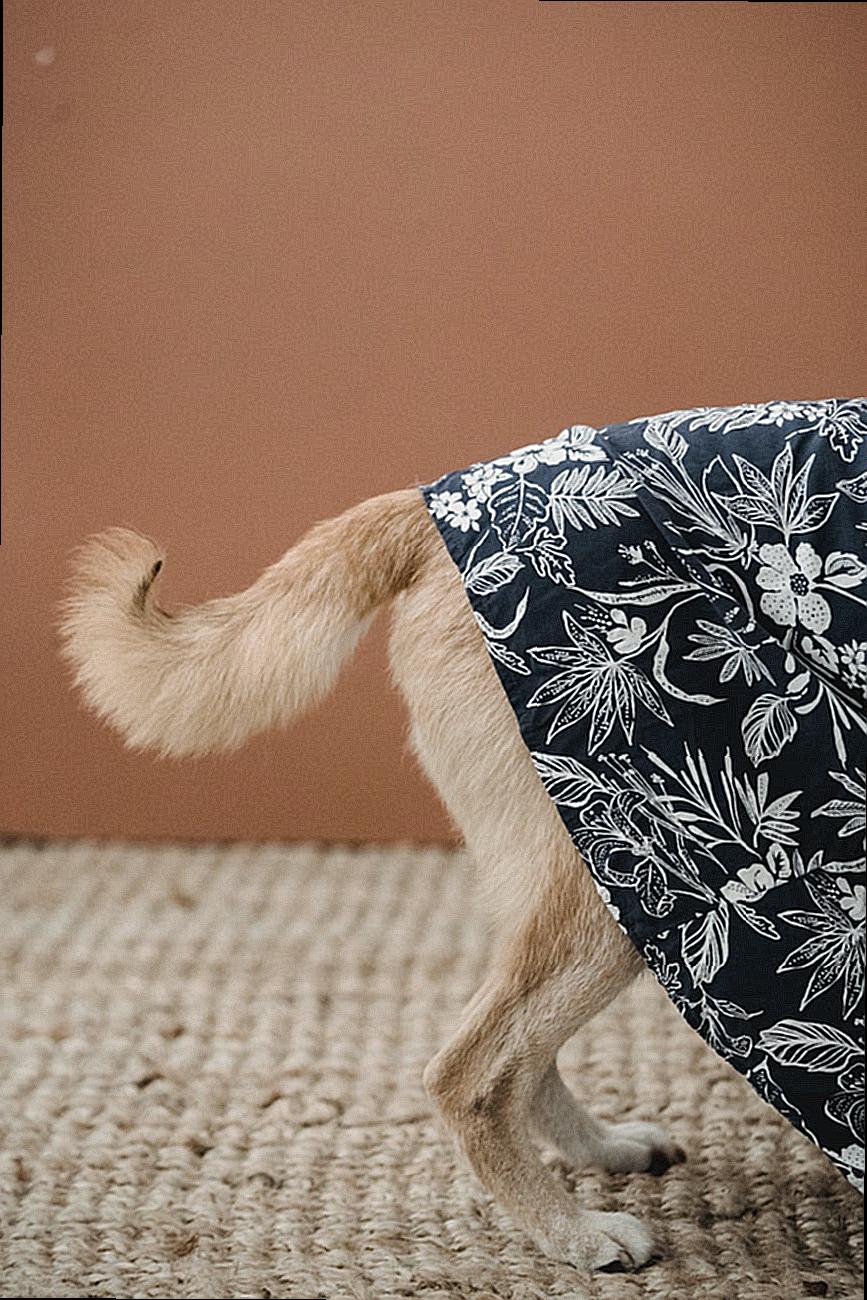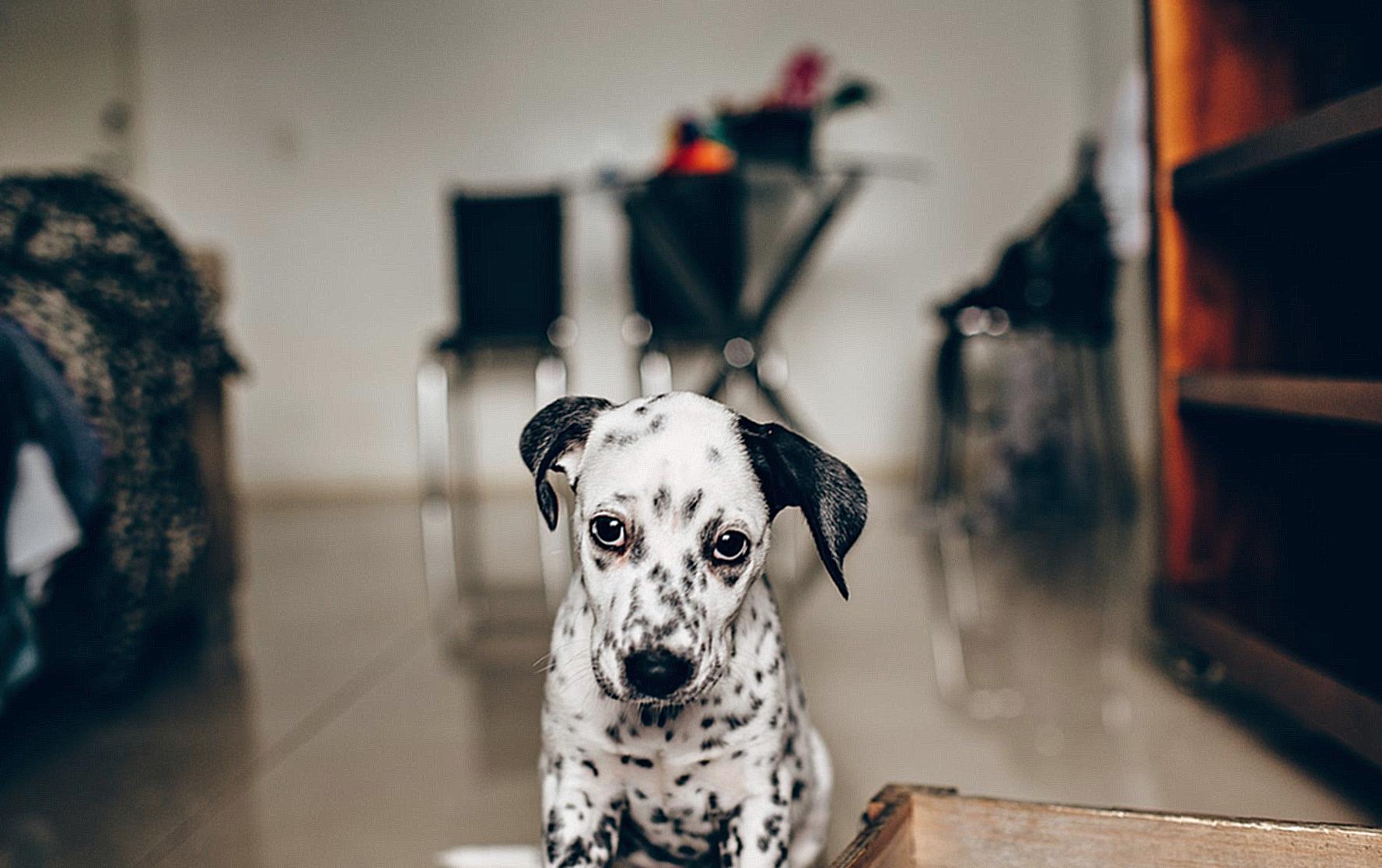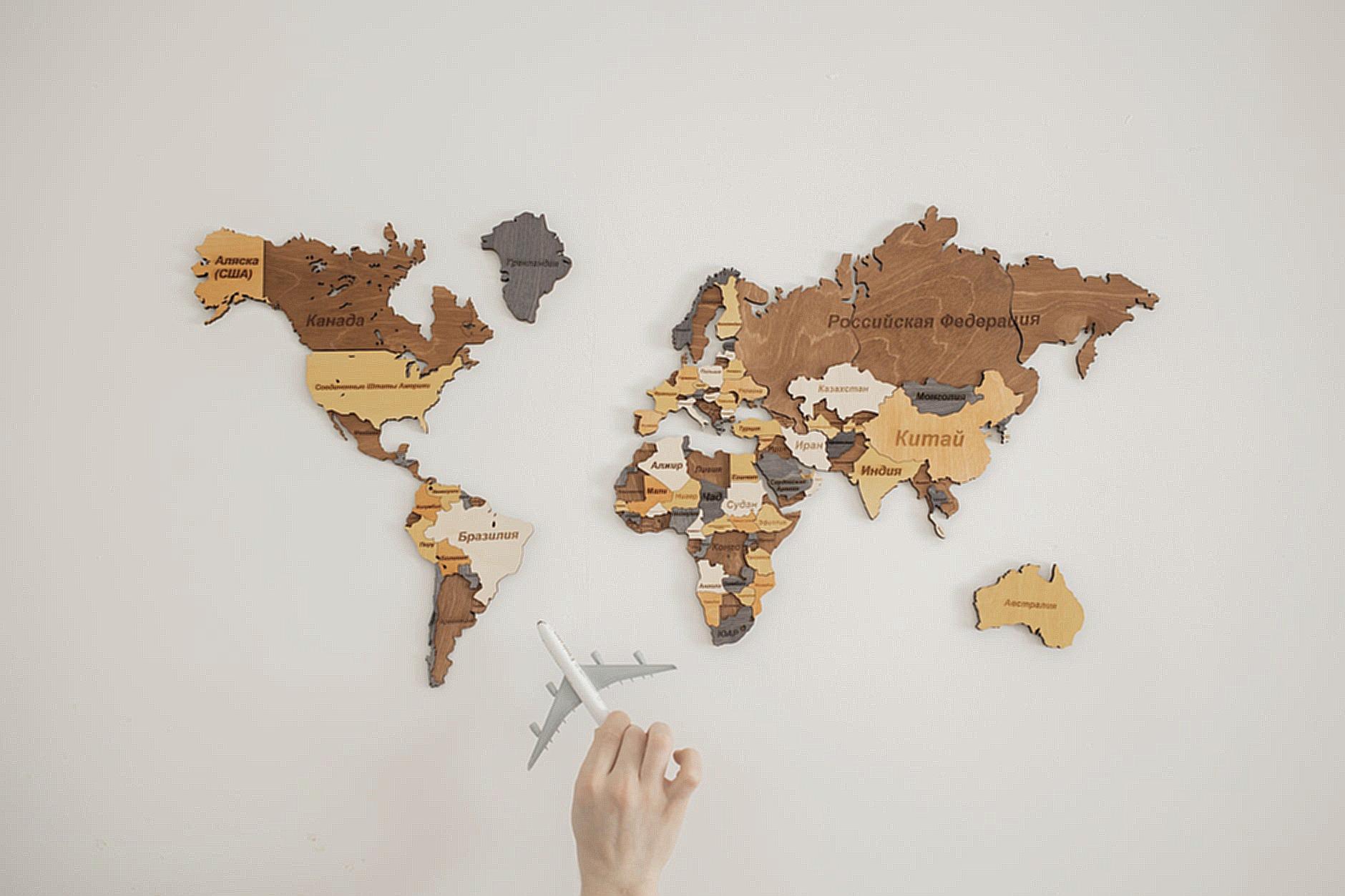
As a pet parent, it is natural to worry about how long is too long to leave your bundle of energy alone. From the moment you bring home your pup, you are likely feeling a lot of emotions. Thankfully, there are steps you can take to ensure your puppy is safe, healthy, and happy while they are alone and provide the time they need to learn to be independent. In this blog post, you will learn all about the dos and don’ts of leaving your pup home alone, as well as tips to make solo time easier on everyone. We will also discuss ways to provide toys and treats to keep them busy, how to reduce separation anxiety, and tips for setting up a pet cam to keep an eye on your pup. You will also learn about barking issues and how to make sure your pup stays safe when left unattended. Last but not least, we’ll provide some advice on how to travel with your pup to make their experience as enjoyable as possible.
How Long Is Too Long?
According to experts and animal care experts, when it comes to leaving your puppy alone for extended periods of time, there are a few important guidelines to follow. From the time your puppy is eight weeks old, you should begin to slowly acclimate them to being left on their own. Generally, puppies should not be left home alone for more than four hours at a time, although this could vary depending on the individual pup. As a new puppy owner, it is vital to understand that puppies are social creatures and may require more frequent interaction than some adult dogs in order to feel safe and secure while they are at home.
Signs of Separation Anxiety
When considering how long puppies can be left home alone, look out for signs of separation anxiety as puppies can go through bouts of loneliness if left alone for more than four hours at a time. Signs of separation anxiety in puppies can include excessive barking, whining, and howling when you leave, urinating or defecating when you are gone, chewing items that are not meant to be chewed, and destructive behaviors such as digging or scratching at walls or furniture. If these behaviors persist, it is important to get your puppy to a vet or animal behavioral specialist for proper diagnosis and treatment of the issue.
Examples
Many dog owners have had success in leaving their puppies home alone while they go to work or school. For example, one family was able to help their puppy acclimate to being left home alone by setting a daily routine, establishing a calm environment in their home, providing plenty of interactive toys and mental stimulation, and ensuring their puppy has had plenty of outdoor time for getting exercise. The puppy ended up doing just fine when left home alone for extended periods of time, and the family was able to create a strong bond with the pup by playing and interacting with him whenever they had time.
Another example of a successful pup left home alone is a Labrador Retriever who was left home alone for five hours each day while his owner went to work. The puppy was able to adjust just fine with the help of interactive toys, adequate access to food and water, and plenty of exercise. Not only did the puppy succeed in being comfortable on his own, he was also able to maintain a strong bond with his owner when they reunited at the end of each day.
Benefits of Leaving Puppies Home Alone
Leaving puppies home alone can actually be beneficial both for them and their owners. It gives puppies a sense of autonomy and may help develop an important bond between the pup and the owner. Leaving puppies home alone also gives them necessary practice in succeeding on their own. This can be helpful in the long run, as proper socialization and acclimation to home life will set the foundation for the pup’s growth and development. Additionally, being home alone may encourage puppies to develop new ways to seek stimulation and to use their independence in a positive way.
Alternatives
Instead of leaving your puppy home alone for extended periods of time, there are some alternatives that can help give them the mental and physical stimulation they need, while also fostering a strong bond between pup and owner. These activities might include regular check-ins throughout the day, providing interactive toys and brain-stimulating play, going for daily walks or runs, and providing quality socialization opportunities with other people and pups. Additionally, regular trips to the dog park or dog daycare or doggy day camps are excellent ways to keep your pup occupied while you’re away.
These activities will not only give your puppy something to look forward to while you’re away, but they’ll also help ensure that they remain physically and mentally healthy. In addition, these activities can also benefit your pup in the long run by enabling them to develop an extremely strong bond with you.

Do’s and Don’ts of Leaving a Puppy Home Alone
It might be tempting to leave your puppy home alone so you can get some much-needed errands done. Even though puppies have various levels of resilience and tolerance towards being left alone, it’s still important to consider their individual needs and age. Luckily, there are some simple steps you can take to ensure your pup is safe and happy when the house is empty. Here’s a guide to help you create the best environment for leaving your pup for short periods of time.
Know Your Dog
Before leaving your bundle of joy alone at home, get familiar with their behaviors and needs. This includes understanding the necessary periods of rest, individual needs and exercise levels. Make sure you know beforehand how much attention and exercise your pup needs to keep it from developing destructive behaviors or anxiety.
Locate a Safe Space
Create a comfortable, secure den environment in the house where he can rest while you’re gone. A few necessary items you should have include food, water, chew toys, a blanket, and anything else he might need. You should also place these items in a safe spot, away from any hazards. Also, try to pick a quiet place with minimal distractions he can readily access and spend time in.
Set Time Limits
The amount of time you intend to leave your dog alone depends completely on the age of your pup. Dogs between the ages of 8 to 16 weeks should only be left for a maximum of two or three hours. Dogs between four and six months can be left for four or five hours without risk of harm. Of course, this number varies depending on their individual needs, so make sure you look into the specific breed of pupper you have.
Set Up an Exercise Schedule
A pup in the house needs an escape and the best way to do this is through exercise. Having an exercise and play routine that addresses your puppy’s energy level and needs is imperative to avoid any destructive behaviors. If you’re not at home for long periods of times, a simple 15-minute playtime in the morning and evening can suffice.
Plan Puppy-Proofing
Puppies are curious and will explore any and all surroundings to them, which is why you must Puppy-proof your home. This means keeping dangerous items, cable wires, and other items they can chew away and out of reach, especially if they are left alone. Also, avoid items that could be tough to digest or could trap them.
Monitor
Check on your puppy periodically while you’re away. You can also call them and talk with loud, calm voices to check out their well-being. Avoid coddling or cuddling your pup as it can further reinforce separation anxiety. Very young puppies don’t have the capacity to understand why you leave and come back, so avoid petting or speaking to them in between the time you come and go.
Be Realistic
When it comes to puppies, anxiety and destructive behaviors such as barking, digging and chewing are common. If you’re confident your puppy isn’t up for the challenge of being left home alone, it’s best to wait for a few more weeks or months before trying again.
Don’ts
Remember to avoid punishing your pup if they happen to behave negatively when you leave or come back. Negative reinforcement can worsen their separation anxiety. Apart from that, also make sure to crate train your pup as it can help them feel safe and secure when left alone.

Ways to Help Make Solo Time Easier
When leaving your puppies alone, it is important that you set up a routine to ensure they are comfortable and safe when you’re gone. Start by creating a consistent timeline for when you will be leaving and when you will be returning. This will help your puppies understand when you are away and when you are home.
Provide Comfortable Conditions
Your puppies need to feel comfortable when you’re not home, so make sure you provide them with ample food and water, a comfortable bed or crate, fun toys, and some puppy-safe chews. Interactive toys that release treats can keep your puppies busy, giving them something to focus their energy on so they don’t notice that you’ve left. You can also place a worn T-shirt near where they sleep so they smell your scent when you’re gone.
Consider a Pet Sitter or Dog Walker
If your puppies are regularly left alone, then it might be helpful to look into the cost of hiring a pet sitter or dog walker to come in and help. Having someone else to take care of your puppies in your absence can greatly reduce stress and any behavioral problems they may have, while making sure they are still well taken care of.
Monitor Behavior
It is important to know the signs of separation anxiety in puppies so you can determine if they are displaying any signs. Keep track of their behavior when they are left home alone, and look out for pacing, drooling, excessive barking, destructive chewing, and other problematic behaviors. If you notice that your puppies appear to be struggling when left alone, contact your vet or an animal behaviorist for help and support.
By following these tips and setting up a routine for your puppies, you can help make their solo time much easier. With some extra care and attention, your puppies will soon feel comfortable and secure when you’re not around.

Toys & Treats That Keep Pups Busy
Keeping pups entertained and stimulated when they’re left alone is important for their physical and mental wellbeing. There are a range of interactive toys and treats available that can keep pups occupied, but it’s important to select the right ones, and rotate them regularly to ensure they don’t get bored.
What are interactive toys?
Interactive toys are a great way to keep a pup occupied when they’re left alone. These toys typically involve food puzzles, challenging activities and activities that a pup has to solve in order to access a treat or toy. Examples of interactive toys include stuffed kongs, food dispensing puzzle toys, and obstacle course games.
The power of positive treats
It’s important to remember that treats can be used to reward and shape good behaviour, not just to fill their bellies. Using treats to reward good behaviour helps your pup to build positive associations and forms the foundation for successful recall training. But it’s important to use healthy treats that don’t have too many calories, like freeze-dried liver cubes, fresh vegetables, and pieces of lean cooked chicken.
Rotating toys and treats
Rotating the toys and treats is the key to keeping your pup interested and motivated. It can also prevent boredom when they’re left alone, but to ensure that they don’t get too familiar with the activities, it helps to switch out the toys and treats regularly. You could introduce different food puzzle toys every few weeks, and try to come up with new ideas for stuffed kongs every day.
Considerations when choosing toys
When selecting toys for your pup, it’s important to consider a range of factors. Taking their weight and size into account, you’ll need to select toys that are the appropriate size, and that aren’t too difficult to figure out, so they don’t frustrate your pup. You’ll also need to ensure that the toys are safe and that you check them regularly for wear and tear.
Having a range of toys and treats to choose from will help to keep your pup entertained, stimulated and safe when they’re home alone. Remember to rotate the activities regularly to keep them motivated and make sure they get the most out of their toys.

Handling Separation Anxiety
Dogs, especially puppies, have a natural instinct to be with pack and family members. When separated from them, puppies display worrying symptoms of distress. As an owner, it is important to recognize the signs and underlying causes of puppy separation anxiety, as well as learn how to handle it.
Signs and Symptoms
Common signs of distress in puppies when left alone include whining, barking, howling, digging, pacing, and chewing. These behaviors can signal underlying separation anxiety.
Causes
Separation anxiety in puppies is often caused by a lack of stability or constantly changing routine. Moving to a new home or frequently changing who cares for them can contribute to this anxiety. Fear of abandonment can also play a role.
How to Prevent Separation Anxiety
Puppies need to be prepared for spending time alone. Set up a comfortable area for them, leave plenty of toys and treats, and provide calming music or scents to soothe them. Always reward them with positive reinforcement when leaving the house, as it will help minimize separation anxiety.
How to Tackle the Problem
Acclimating puppies to alone time can be done by gradually spending more time away from them. Leave them for short intervals and reward them when they remain calm. An owner may start by leaving the puppy at home for five minutes, rewarding them for staying calm, and leave for longer periods each week.
Reaching Out for Help
If puppy separation anxiety persists, owners can reach out for help. Veterinarians can prescribe medications or specialized pheromones that help reduce anxiety. Certain types of therapy such as behavior modification and classical conditioning can also be used. Pet sitters or dog walkers can also assist in reducing their puppy’s separation anxiety.
Educating yourself and understanding the underlying causes of a puppy’s separation anxiety are important steps to ensure they remain safe, comfortable and happy when left alone.

Sticking to a Schedule
When introducing puppies to being left alone, it’s important to have consistency and structure—both in their interactions with their owners and when they’re left home alone. To ensure a smooth transition, pet owners should start off with a lenient schedule, and slowly and gradually make it stricter over time as puppies become more used to being left alone.
Creating a Routine
Success in this process depends largely on the pet owners being able to create an appropriate and consistent schedule for their new furry family members. Setting up a basic puppy schedule that involves appropriate and consistent potty, play, and rest times will help puppies get used to being left alone. Having set times for meals, potty breaks, playtime, naps, and going to sleep will help puppies learn to respect boundaries and stay on their own schedule, making it easier in the long run.
Keeping Busy and Entertained
It’s important to make sure puppies are getting enough exercise and stimulation throughout the day to avoid overtiredness, so adding structured activities such as chew toys, puzzles or food-dispensing toys can help keep them occupied while they’re home alone. Setting up a playpen or safe area with entertaining items or fill a couple of Kongs and freeze them might also help provide some much-needed stimulation and keep them away from potential dangers.
Establishing a Balance
It’s important to remember that puppies need to have some freedom to explore and express themselves, so it’s important pet owners create a balance between structure and free explorations for their pups. Allowing puppies to spend some time in their own space and follow their own natural instincts helps them feel comfortable and confident when they have to stay alone.
Recognizing Signs of Boredom
It’s essential for pet owners to monitor their puppies’ mental and physical well-being. Giving puppies plenty of appropriate exercise and activities during their time alone will help minimize any problems related to boredom or mischief. If pet owners spot any signs of boredom or destructive behaviors, they should adjust the schedule accordingly and make sure that their puppies are getting enough structure and entertainment to stay busy.

Barking Issues & Solutions
It is important for pet owners to be aware of the consequences of leaving puppies home alone for an extended period of time. Leaving puppies home alone for too long can result in a phenomenon known as “separation anxiety”, which can lead to excessive barking and destructive behavior such as chewing or scratching furniture and other household items. Fortunately, there are a few steps pet owners can take to help reduce the likelihood of their pup developing these behaviors.
Alternatives to Leaving Puppies Home Alone for Extended Periods
One of the best ways to keep puppies from developing separation anxiety is to leave them in the care of another party instead of having them home alone for extended periods. Alternatives such as puppy day care, dog-walking services, and pet sitters are some available options when owners must be away for extended periods of time. Not only do these services provide companionship and supervision, they help prevent the development of separation anxiety, reducing the amount of barking and destructive behavior in puppies.
An Example of Success
One of the biggest success stories involving the use of a pet sitting service instead of leaving puppies home alone for long stretches, involves a sweet-natured pup and his pet-sitter. Prior to the pet sitter’s arrival, the pup was barking and being destructive for hours at a time. After the pet sitter started visiting, the pup quickly showed signs of relief. In time, the pup not only stopped barking and being destructive, but also started to become calmer and happier.
Training
Another strategy to reduce barking is to provide puppies with basic obedience training. Teaching puppies commands and basic obedience can help prevent excessive barking, as puppies learn to understand situations in which barking is appropriate and those in which certain behaviors are forbidden. Obedience classes for puppies are widely available and can help pet owners understand and implement effective training techniques which can help improve overall behavior.
Chewing and Destructive Behaviors
In addition to barking, separation anxiety can lead puppies to engage in behaviors such as chewing or scratching furniture, as a way to cope with stress and boredom. To help curb these behaviors, pet owners should look into puppy-proofing the home by removing objects that may tempt puppies to chew or scratch, such as wires and potentially dangerous items. Additionally, providing puppies with long-lasting chew toys and treats to occupy them when home alone can help with stress management and curb further destructive behaviors.
Overall, it is important to recognize that puppies require attention and companionship, even when owners have to be away from home for extended periods of time. By taking the necessary steps to reduce the amount of time puppies are left home alone, pet owners can help ensure their pup’s physical, emotional, and mental well-being. By looking into alternatives such as puppy day care, dog-walking services and pet sitters, providing puppies with basic training and obedience classes, and providing them with the necessary chew toys when home alone, pet owners can help their pup better adjust and cope with their environment.

Making Sure Pup Stays Safe While Unattended
Taking a moment away from pup can be an anxiety-provoking experience for pup owners, as it is natural to worry about pup’s safety. However, with few simple tricks and following guidelines below, pup can stay safe and have a secure environment at home while unattended.
Secure Environment
To give pup an inviting atmosphere for when left unattended, keep the room pup is in a safe area of the house by using a baby gate or setting up kennels. If a kennel is preferred, it is important to make sure pup enjoys being inside and is comfortable in that area. Be sure to pay close attention to the size of the kennel and how much space pup has to move around.
Keep Pup Occupied
Keep pup occupied while they are alone by providing chew toys or comfortable bedding. This will aid in distracting them from feeling lonely and help pup focus on relieving built-up energy. It also assists pup in avoiding destructive behavior such as chewing on furniture.
Technology
Take advantage of technology by using a dog camera to check in on pup and monitor behavior. When placing a camera monitor, it is ideal to position it in an area that pup is highly visible so pup owners can watch out for pup’s well-being. Moreover, it is important to be mindful of the placement of the camera to make sure pup is not in a compromising position, i.e. not tucked too close to furniture that may topple and cause pup harm.
Limited Duration
Limit the duration of pup being left alone to a minimum of 30 minutes. Depending on pup’s age and temperament, that duration of time can be extended up to 45 minutes tops. Make sure pup is receiving ample walks and sufficient exercise beforehand for pup to rid of built-up energy.
Trust Instincts
It is important for pup owners to have an awareness to trusting instincts in order to know when pup is feeling uneasy or anxious. Signs such as destruction caused by chewing on furniture, whining or barking, diarrhea, urination, or pacing can indicate pup’s stress levels.
Alternative Solutions
In some cases, pup owners may need to seek alternative solutions other than leaving pup unattended. These solutions can include doggy daycare, a dog walker, or simply asking a trusted family member to check in on pup while the owners are away.
Amid the stress of leaving pup alone, these services and technologies can provide peace of mind while pup owners are away. Use these tips to ensure pup stays safe and comfortable while unattended and stay aware of pup’s behavior and health.

Setting Up a Pet Cam
Pet cameras are the perfect way for owners to easily check in on their pet and make sure they’re safe and sound while away. There are a variety of pet cameras available on the market, which offer features such as Wi-Fi capability, two-way audio, night vision, and motion alerts. Finding the right one to fit your needs and budget takes a bit of research and understanding of each option.
Benefits of a Pet Cam
A pet cam offers owners peace of mind that their pet is safe and happy while they’re away. It also gives them a real-time video of their pet’s activities, so they can make sure they’re not getting into trouble. Pet cameras can help owners monitor their pet’s wellbeing, as well as provide reassurance and comfort when their pup is feeling lonely.
Types of Pet Cams
There are a wide variety of pet cameras available. The most popular are the indoor only pet cameras, which are perfect for apartment dwellers who don’t have an outdoor space for their pet. These cameras are typically cheaper and come with a variety of features, such as night vision and motion alerts.
Outdoor pet cameras are a bit pricier, but offer additional benefits like weatherproof housing and night vision. These cameras are great for owners with larger yards, or homes with multiple pets that may wander too far at times.
Finally, there are combination cams which work indoors and outdoors and are perfect for pet owners with both type of spaces.
Choosing the Right Pet Cam
When selecting a pet camera, you should consider the features that are important to you. Do you want a Wi-Fi enabled camera, two-way audio, night vision, and motion alerts? Additionally, you should consider your budget, as pet cameras can range widely in cost.
Once you determine your needs and budget, you can narrow down your selection to find the perfect pet cam for you.
Benefits of Two-Way Audio
Two-way audio is a great feature available on some of the latest pet cameras. Not only does it allow you to check in on your pet anytime, but you can also talk to them if they’re feeling lonely. Additionally, you can use the two-way audio to give commands if needed, such as sitting and staying away from the furniture.
Example of a Pet Cam in Action
One example of a pet cam in action is the story of one busy dog mom who was able to check in on her pup while she was away at work. She was typically gone around eight hours a day, but with her pet cam she was able to check in throughout the day. She was able to give her pup commands and ensure she ate on time. She was also able to monitor her pup’s levels of activity and make sure she wasn’t getting into trouble while she wasn’t there. The pet cam gave her peace of mind and the reassurance that her pup was in safe hands, even when she wasn’t there.
Having a pet cam is the perfect way for owners to stay connected to their pet, and make sure their furry friend is always safe and sound. With plenty of options to fit any budget and a variety of features, it’s never been easier to find the perfect option for you and your pet.

Travel Tips for Pet Parents
If you’re a pet parent, travel can be a stressful situation for both you and your pet. Pets can get anxious and upset when left alone, so it’s important to plan ahead to ensure your puppy’s needs are met and stress levels are kept to a minimum. Here are a few tips that can help you leave your pup alone for an extended period of time.
Create a Care Plan
Before leaving your puppy home alone, you should create a plan to make sure they’re well taken care of while you’re away. Provide your pup with their favourite toy, along with food and water, and maybe a special treat or two that they can enjoy while you’re gone. This way, your puppy won’t feel neglected or ignored.
Set up a Pet Monitor
Thanks to the power of technology, pet parents can now keep tabs remotely on their furry friends. Set up a pet monitor that will act as a pet sitter while you’re away. Through the monitor, you can observe your pup’s activities and check in occasionally to make sure they’re doing ok.
Establish a Routine
Just as we humans respond well to routines, so do pets. In order to alleviate anxiety and confusion when you’re gone, establish a structured routine for your pup prior to leaving the house. This can include having a pet sitter stop by for regular visits, or taking them for walks around the neighbourhood.
Provide Enrichment
Keeping your pup’s mind engaged and active is key to preventing excessive boredom. Plan enrichment activities ahead of time to provide your puppy with stimulation. Hide-and-seek with toys, food puzzles, and interactive games such as fetch are all great ways to keep your pup engaged while you’re away.
Set Breaks
Allow your pup short breaks in between periods of prolonged alone time. A break gives them a chance to engage with you and get some exercise, which will help to break up the monotony of being home alone. During these breaks you can play an interactive game with them, or go for short walks, depending on the weather.
By following these tips, pet parents can feel confident leaving their pup alone for extended periods of time. Creating a care plan, setting up a pet monitor, establishing a routine, providing enrichment activities, and setting breaks are all important measures that you can take to ensure your puppy is given the care and attention they need. With the right preparation, pet parents can travel in peace of mind.

Conclusion
Taking care of a puppy isn’t always easy, especially when it comes to leaving them alone. But with the right preparation and plenty of love and attention, you can make sure they stay happy and safe while they’re home without you. Knowing how long a puppy can stay home alone, understanding their needs, and having the right resources in place will help make the transition easier. Remember, don’t expect your puppy to stay alone for more than 3-4 hours max and be sure to take them on plenty of potty breaks and provide plenty of stimulation. With the right tips and tools, you can make sure your pup stays healthy and happy even when you can’t be there.


